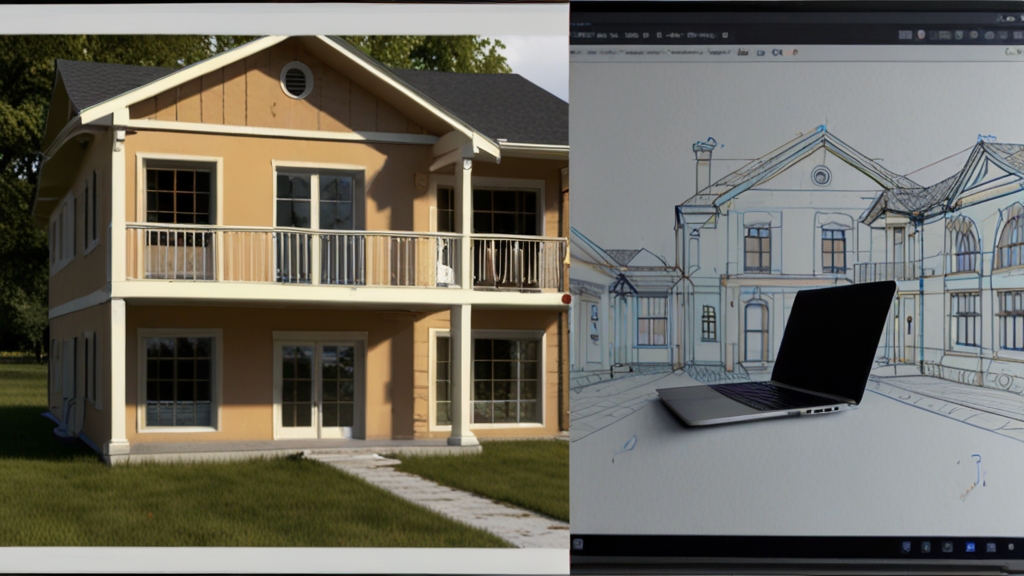Difference between VR 360 and unreal engine
VR 360 and Unreal Engine are two distinct concepts related to virtual reality (VR) and game development, respectively. Let’s explore the differences between them:
VR 360:
VR 360 refers to virtual reality experiences that provide a 360-degree view of a real-world or computer-generated environment. It involves rendering a complete sphere of visuals, allowing users to look around in any direction as if they were physically present in that location. VR 360 experiences are typically viewed through VR headsets like Oculus Rift, HTC Vive, or Google Cardboard.
Key characteristics of VR 360:
- Immersive experience: Users feel like they are present in the environment, enhancing immersion and presence.
- Passive interaction: In most VR 360 experiences, users can’t interact with the environment, and the content is pre-rendered.
- Content types: VR 360 content can include real-world 360 videos, computer-generated 360 scenes, or a combination of both.
Unreal Engine:
Unreal Engine is a powerful and popular game engine developed by Epic Games. It is a software framework used for creating and developing video games, virtual reality experiences, architectural visualizations, and more. Unreal Engine provides developers with tools, assets, and a visual scripting system to create interactive and visually stunning 3D environments.
Key characteristics of Unreal Engine:
- Real-time 3D: Unreal Engine is primarily used to create interactive 3D environments, where users can move around and interact with objects and characters.
- Advanced interactivity: Developers can use the engine’s Blueprints visual scripting system or C++ to create complex interactions and gameplay mechanics.
In summary, VR 360 focuses on delivering immersive 360-degree experiences, typically for non-interactive content, while Unreal Engine is used for creating interactive 3D environments, including VR experiences with advanced interactivity. However, it’s worth mentioning that Unreal Engine also supports creating and exporting VR 360 experiences if the developer’s intent is to deliver non-interactive, immersive content









